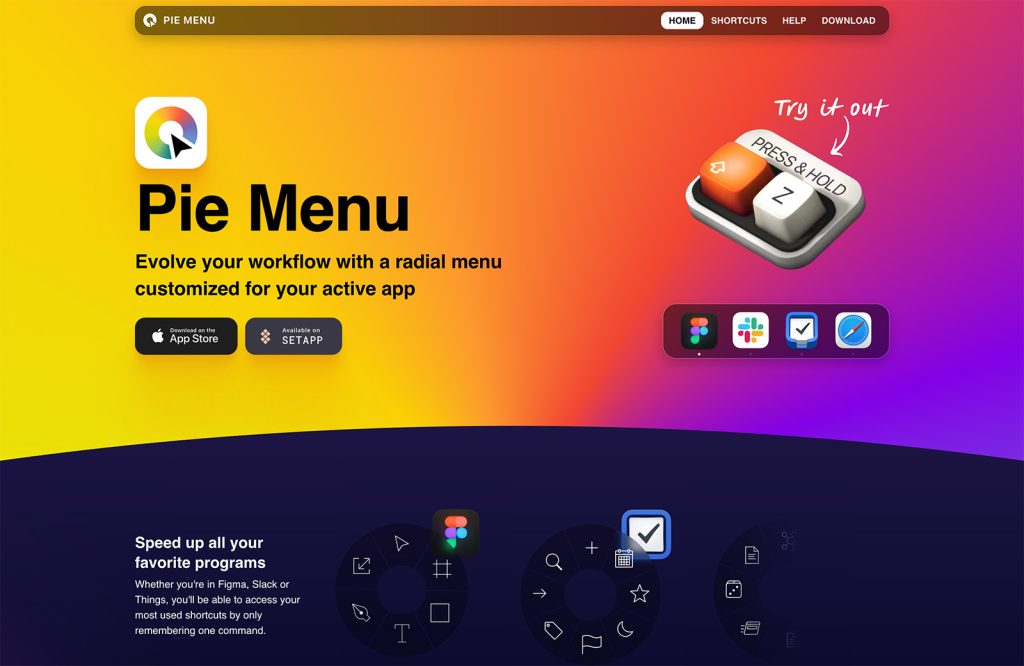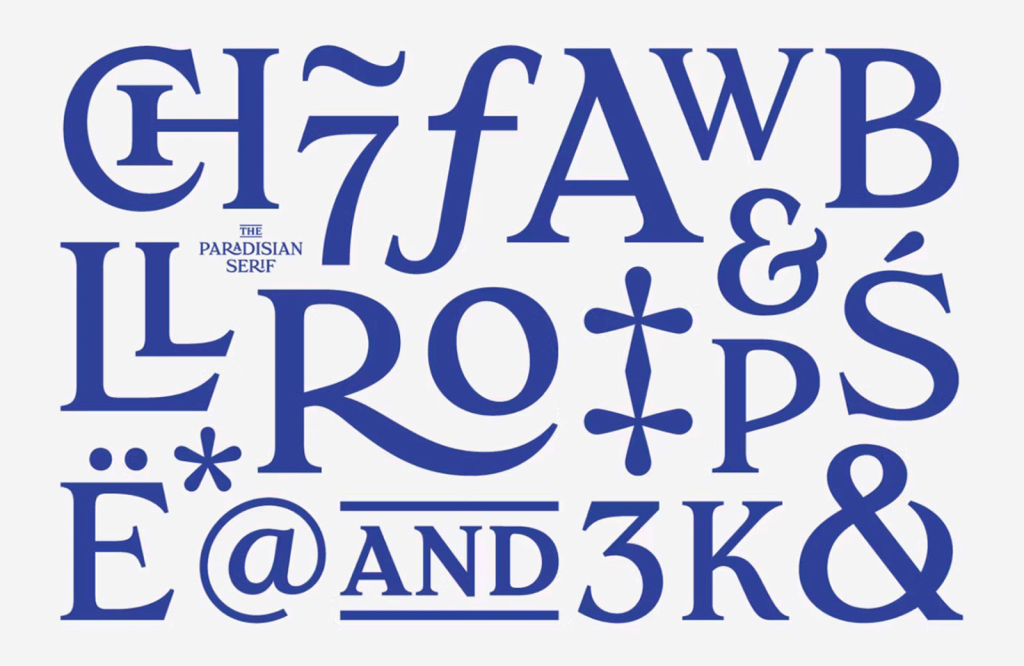The world may be shrinking, but it’s growing at the same time. As we quickly approach the three billion Internet user mark, the opportunities to connect and share creative and design inspiration with different cultures and mindsets are multiplying.
There are big players, and global studios are opening more international offices, but they may not be as interesting or inspiring as the lesser known and possibly more regionally rooted creatives.
What a can of worms that is (and enough material to fill a book, if it hasn’t already been written). Why would you want to weigh your design work down with cultural trappings? Mostly, you don’t, right? The purpose of design is to create an experience that suits the client and the market, and should not be laced with California mission/surfboard culture (hello from Los Angeles), or Nordic geometrics, or Middle Eastern ornament, unless it’s appropriate to the project. Still, our differences are a big part of what makes the world go round. And no matter how cosmopolitan we may think we are, we bring ourselves, our values and our roots with us to everything we create, even if only in the subtlest of ways. It’s part of the surprising twist a talented designer can bring to the most tired trend.
For designers, it can be a risk to stay with regional styles in a global market. While there are advantages to emphasizing local flavor, many clients feel pressured to compete with western and cosmopolitan trends in order to appeal to the most customers possible. Choosing homogenous styles is an easy way to appear sophisticated. Meaning, while unique regional design styles can be very sophisticated, it may take more work to ensure that they reach across cultural boundaries.
For the sake of sanity and time, this is by no means an exhaustive list. Instead, it’s an attempt to draw a map of interesting work being done around the world with the broadest of strokes. The designers named below are working in web design, identity design, illustration and type design.
Researching for this post was an odd mix of exhilarating and stressful. It was exhilarating to land in a region and discover exciting new work; incredibly stressful (and increasingly toward the end of the research) to choose the next region. For every location chosen, hundreds would be ignored.
It may be impossible to put together a thoughtful collection of global creatives without riddling it with apologies. Besides the inevitability that tons of great work will be left out, any time we study people from different cultures to our own, the most valuable thing we can probably learn is the nature of our own personal prejudices and cultural filters.
I tried to stay away from:
- international agencies;
- my personal stereotypes about different regions;
- homogenous global trends;
- trend-dominated design.
I tried to seek out:
- newer, less known designers;
- regional or unique design styles;
- web design in particular, over general design disciplines, with a few interesting exceptions.
The operative word here is “tried”: you’ll find exceptions to most of the above criteria, but all in the name of inspiration.
Got your hot/cold drink? Let’s travel…
Liam Matthews, Brisbane, Australia
Vaiva Straukaite, Akureyri, Iceland
Michael Berhanu, Addis Ababa, Ethiopia
Michael Berhanu is a student focusing on computer animation and character design.
Vany Lombo, Jakarta, Indonesia
Vany Lombo (on Behance) brings her illustrations to print and the web.
Shengnan Guo, Beijing, China
Shengnan Guo is a UI/UX designer.
Simon Marchal, Namur, Belgium
Simon Marchal (on Behance) co-designed the identity for the 24 Carat web agency and also has produced some very interesting typography projects.
Cheng Leo, Hangzhou, China
Z. Cheng Leo (on Behance) is an illustrator and designer.
Thomas Leppä, Helsinki, Finland
Thomas Leppä (on Behance) is a freelancer who does a lot of brand development, as well as design for the web.
Sindiso Nyoni, Johannesburg, South Africa
Sindiso Nyoni, aka R!OT, is a Bulawayo native (born and raised in Zimbabwe), now a Johannesburg based, independent graphic artist.
Sally Carmichael, Kansas, United States
Sally Carmichael is a designer from Kansas City, currently based in San Francisco, California.
Ananda K. Maharjan, Kathmandu, Nepal
Ananda K. Maharjan is a graphic and type designer.
Lara García, Joen Kcam, Andrés Villanueva, and Ber Yuen; Lima, Peru
Four Peruvian designers came together to create the work below: Lara García, Ber Yuen, Joen Kcam and Andrés Villanueva. See the entire project here.
Lucia Soto, Madrid, Spain
Lucia Soto (on Behance) is a designer and illustrator, who also has some interesting pattern and design work on Society6.
Vladimir Shlygin, Moscow, Russian Federation
Vladimir Shlygin is a graphic designer studying part time at the British Higher School of Art & Design (which is in Moscow).
Sneha Patel, Mumbai, India
Sneha Patel (on Behance) has also had her decorative devanagari font featured on the Creative Roots blog.
Ricardo Esteves Gomes, Rio de Janeiro, Brasil
Ricardo Esteves Gomes is a Brazilian designer, researcher and professor at Universidade Federal do Espírito Santo – UFES. Check out his independent digital type foundry, Outras Fontes.
Michael Barker, Toronto, Ontario, Canada
Michael Barker (on Behance) runs the Acme Art and Design studio. He worked with illustrator, Madi Piller, to produce materials for the Hello Amiga project.
Paulius Papreckis, Vilnius, Lithuania
Paulius Papreckis is a digital designer.
Takeaways from this process
One good place to search for designers by region is Behance, which has a strong international community and allows you to search for designers by country, province and city/town. Dribbble also has a search-by-region feature, but you need a pro membership ($20 a year—pretty reasonable) to access it.
Want an overview of the places represented in this article? Here’s a Global Designers Pinterest Board, using the new Pinterest mapping tool. The board is paired with an interactive map that shows where in the world the designers in this post can be found.
Regardless of how you explore, make sure you do explore. Reach out, and allow yourself to be found. So far, English, Chinese and Spanish speakers, for example, have seen little need to allow more than default browser translators to make their voices heard to a wider audience. Now may be the time to push the doors a little further open by giving a little more attention to translation, as well as clearer cross-cultural invitations to connect via social media.
























